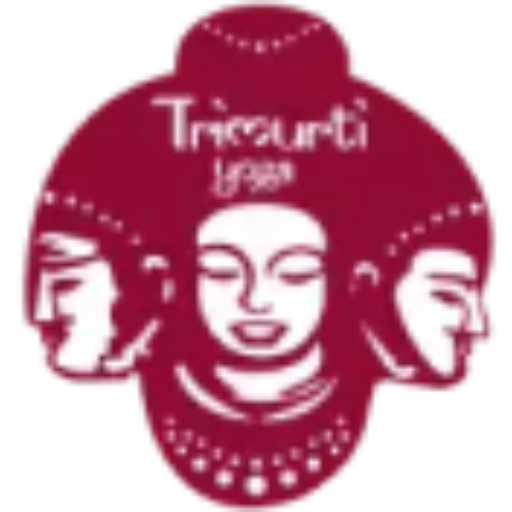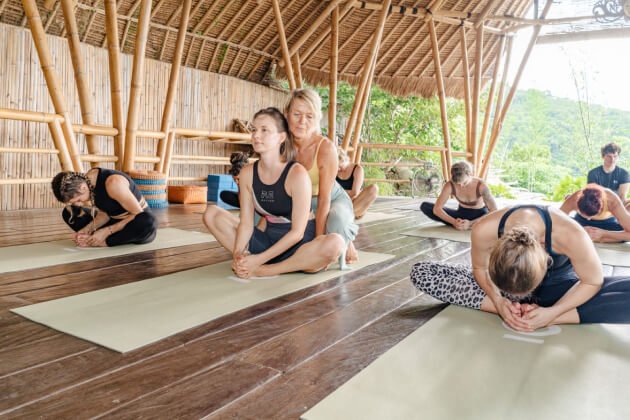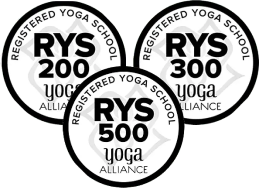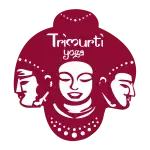
Table of Contents
ToggleWhere did yoga come from and when?
The short answer is: between 5,000 and 10,000 years ago in India, based on who you ask.
Because the stories and lessons of yoga were told orally or written on palm fronds that could easily break down, it is almost impossible to know the exact date (and place!). What we have found, though, is written about in the Rig Veda, which is one of a group of old sacred Hindu texts called Vedas that come from Northern India and date back about 5,000 years. Here is where the word “yoga” was first written down.
According to yoga legend, Shiva was the first Yogi and Guru. He was before any religion or set of beliefs. He gave his deep knowledge of yoga to seven teachers, who took it with them and shared it with people all over the world.
It\’s interesting that similar asana practices and yogic science developed in different parts of the world. This may explain why Buddhists, Jains, Muslims, and even atheists claim some yoga methods as their own. Many different groups were exploring related ideas, languages, and cultures at the same time. When they ran into each other, they shared what they knew and added to it.
This explains why different religious ideas sometimes show up in our popular yoga classes and why I was so confused when my teacher quoted the Buddha during savasana.
Still, yoga was firmly rooted in India and Hinduism, which is where it reached its best form.
Yoga was slowly perfected and developed by the Brahmans and Rishis, who were mystic seers. Their practices and beliefs were written down in the upanishads, a huge book with more than 200 texts. The upanishads put a lot of stress on self-study, karma yoga (action), and jnana yoga (wisdom) as ways to break down the ego. The Baghavad Gita, one of the most well-known yoga texts, was written around 500 BCE. People still study and talk about the lessons in this Bible passage about what it means to be human and how to deal with wants, doubt, purpose, and duty.
Later, during the \”Classical Period,\” a yogi and scholar named Patanjali wrote a set of sutras (teachings) in Sanskrit about how yoga works and how to do it. This book is the first time yoga has been put together in a logical way. Patanjali put the practice of yoga into a \”eight-limbed path\” that shows the steps and stages to reach Samadhi or enlightenment. He is often called the \”father of yoga,\” and his Yoga-Sûtras still have a big impact on most current styles of yoga.
So, what did yoga teach and how was it practiced back then?
When yoga was first made, and for thousands of years after, it was more about small movements and poses than big ones. So, traditional yoga is a body of knowledge that has been passed down from elders and gurus to disciples and the normal person. It was and still is, for those who follow it, an art and science of healthy living. Its goal is to bring harmony to the mind and body, and by extension, to the community and the whole world.
This harmony was reached through routines and practices like meditation, self-study, learning scriptures, following moral rules, breathing exercises, and other daily practices. Yoga dealt with the body, mind, emotions, and energy, but it had little to do with the \”asana\” practice that most people think of when they think of yoga today.
At this time, yoga did have a small part about posture, but it was such a small part of the teachings that most teachers didn\’t put much emphasis on it. Asanas that required more physical effort were often only done by low-caste people who were not very respected.
How different from the asana-heavy yoga of today!
When and how did yoga begin to change into what it is today?
Yoga didn\’t become a more active practice and spread to the West until thousands of years after the Rig Veda and Patanjali\’s Yogic Sutras. \”Hatha Yoga\” came from different places at this time, and Swami Vivekananda\’s talks at the 1893 Chicago World Fair made people in North America want to learn more about Yogic Philosophy.
Around this time, gymnastics and other physical routines that were famous in Europe and North America began to spread, and yoga began to include more physical moves. In India, teachers started to realize how important it was to be \”fit\” and talk about it more.
In 1918, an Indian guru named Shri Yogendra started the Yoga Institute of Mumbai, which is now the oldest organized yoga school in the world. He is known as the \”Father of the Modern Yoga Renaissance\” because he taught yoga poses. Notably, his life partner Sita Devi Yogendra \”Mother\” was a big part of getting women in their community to start doing yoga, which was mostly done by men before.
In 1924, Krishnamacharya started the Hatha Yoga School in Mysore, which was a very important place.
Several of his students, like B.K.S. Iyengar, T.K.V. Desikachar, Indra Devi, and Pattabhi Jois, went on to directly affect the modern yoga movement. From this point on, there were a lot of yoga schools in India and North America that taught Hatha Yoga and the more physical types of yoga.
In 1947, Indra Devi started her influential yoga studio in Hollywood. She was one of the first women to teach in the West. At the same time, B.K.S. Iyengar taught yoga physically all over the world and showed off his incredible flexibility on TV and in person in the UK and the USA.
Time magazine named B.K.S. Iyengar one of the 100 most important people in the world in 2004. This may be because the West loves the physical parts of yoga so much in the modern age.
What makes yoga different from other things?
As we\’ve already said, yoga has changed a lot since the Rig Veda and the Bhagavad Gita were written. Yoga is now practiced and taught by people from all walks of life and all sexual ities, and the practice itself is much more physical than it used to be.
When looking at the practice of yoga as a whole, Prasad Rangnekar’s words sum up the differences well: “Originally, yoga was a body of knowledge. Today, yoga means “body knowledge.”
In other words, most famous yoga studios teach a style of yoga that is heavily based on asanas and has more in common with gymnastics and movement therapy than with the medieval and traditional styles of yoga. But it\’s not fully fair to say that in the modern world, the whole yogic process of self-improvement and caring for others has been boiled down to physical practice.
The lessons of yoga teachers around the world are as beautiful and different as people are. Some yoga teachers spend a lot of time talking about how important traditional yogic philosophy is and how to work it into your life. Sometimes you\’ll find a teacher who is really grounded in the traditional lessons of yoga, as they were taught in Patanjali\’s sutras and before.
On the other hand, you\’ll probably find more classes called “yoga” where the teacher doesn’t talk about any philosophy and just leads you through a number of poses and physical movements to strengthen and stretch your body, ending with “namaste.” It’s a big range! But refusing to acknowledge where yoga came from is also a form of cultural appropriation.
Mark Singleton, a yoga researcher and philosopher, says that another way to look at traditional types of yoga and modern gymnastics-like-yoga is as homonyms instead of thinking of them as the same practice, which they are not. I like this point of view, even though it is still hard to understand. The word yoga is used for both the past and the present. How can we tell the difference?
In the end, yoga has been changing and growing since the beginning, just like we all do. Gurus, yogis, experts, and regular people all have different ideas about what yoga is and what it means. This has been true for as long as yoga has been around. This argument and uncertainty is not a new thing.
Then, am I really doing yoga?
Then, am I really doing yoga? (Cue existential panic!)
I think that as responsible yoga practitioners (and teachers), we should really think about what we want to get out of yoga. If you think of the modern, popular style of yoga that focuses on asanas as less important than the traditional practices, you don’t give this modern style the space and value it has in yoga’s long past.
When we know how long and wide the history and practice of yoga is, we can look for teachers and books that will help us learn more about the depth of yogic philosophy. Asana practice can help you for many years, but if you want more and are ready for the hard work, self-study, and dedication that comes with other parts of a traditional yoga practice, you can also look for them.
Yes, in other words! You’re doing yoga, right?
From 5,000 years ago until now, not much has changed about the way people suffer, feel insecure, and hurt. Traditional types of yoga can still help with this kind of pain, so if you haven’t tried them yet, now might be a good time.
I wish you the best on your yoga journey and hope that this piece helped you understand where yoga came from and how it has changed over time.
We Also Provide These Courses:








